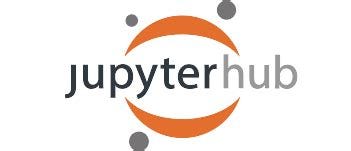Teaching With Jupyter Notebooks

Teaching With Jupyter Notebooks
We have often innovated with our teaching, and created our own Cloud infrastructure over a decade ago (vSoC). This allowed us to teach our remote and campus based students in the same way. In fact, it has been so successful that we are building a new and better infrastructure: vSoC 2. Now, we aim to build new on-line infrastructure, and the Jupyter notebook approach looks to be a winner in providing a safe environment for students to learn key principles, while integrating Python code. As we move increasingly to the Cloud, the integration of Python will become ever more important for cybersecurity security professionals.
While the labs will be great to set for students, I am particularly looking forward to using them in my lectures, as it is so simple to setup guided steps for demonstration.
Our researchers typically demonstrate their research work through Jupyter notebooks, so I’ve made a start on creating a new teaching infrastructure for Crypto and Cyber/Data in Jupyter Hub. Here’s heaching Crypto (Hashing):
Rather than installing to my Windows server, I just went for a standard install onto Ubuntu within AWS. It installed like a dream, and is so easy to create user accounts. I aim to get it all setup for September 2021, and support our students over the semester. I particularily like the usage of a markdown (MD) language, as this is the format used on GitHub, and in integrating Conda (to give students their own environments.
We aim to also do it for our Splunk and Machine Learning, and Cyber & Data material. So, watch this space, and I will release all the lab for testing.